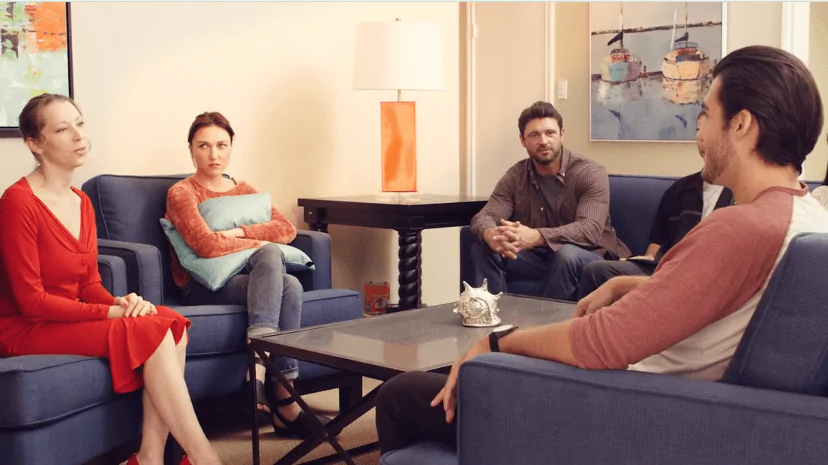24/7 Helpline:
(866) 899-221924/7 Helpline:
(866) 899-2219
Learn more about Depression Treatment centers in Bigfoot
Depression Treatment in Other Cities

Other Insurance Options

Oxford

Horizon Healthcare Service

Aetna

Kaiser Permanente

UMR

Highmark

AllWell

Sliding scale payment assistance

BlueShield

Magellan

Health Net
Beacon

Excellus

CareFirst

Ambetter

UnitedHealth Group

Magellan Health

Health Partners

Cigna

Choice Care Network














